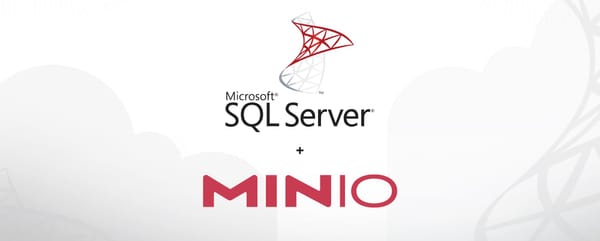Navigating the Waters: Building Production-Grade RAG Applications with Data Lakes

In mid-2024, creating an AI demo that impresses and excites can be easy. Take a strong developer, some clever prompt experimentation, and a few API calls to a powerful foundation model and you can often build a bespoke AI bot in an afternoon. Add in a library like langchain or llamaindex to augment your LLM with a bit of custom
Read more
























